ABC's trailblazing The Good Doctor, helmed by prestigious actor Freddie Highmore, is known for its intricate medical plots and lots of viewers herald it for its empathetic portrayal of autism.
While plenty of episodes are gritty and realistic (remember the intense pilot, anyone?), not all of the pathological drama is as real as it seems. Check out which scenes are as accurate as they appear and which don't come within a stethoscope's reach of being real.
10 True: Doctor Glassman's Cancer Can be Beat
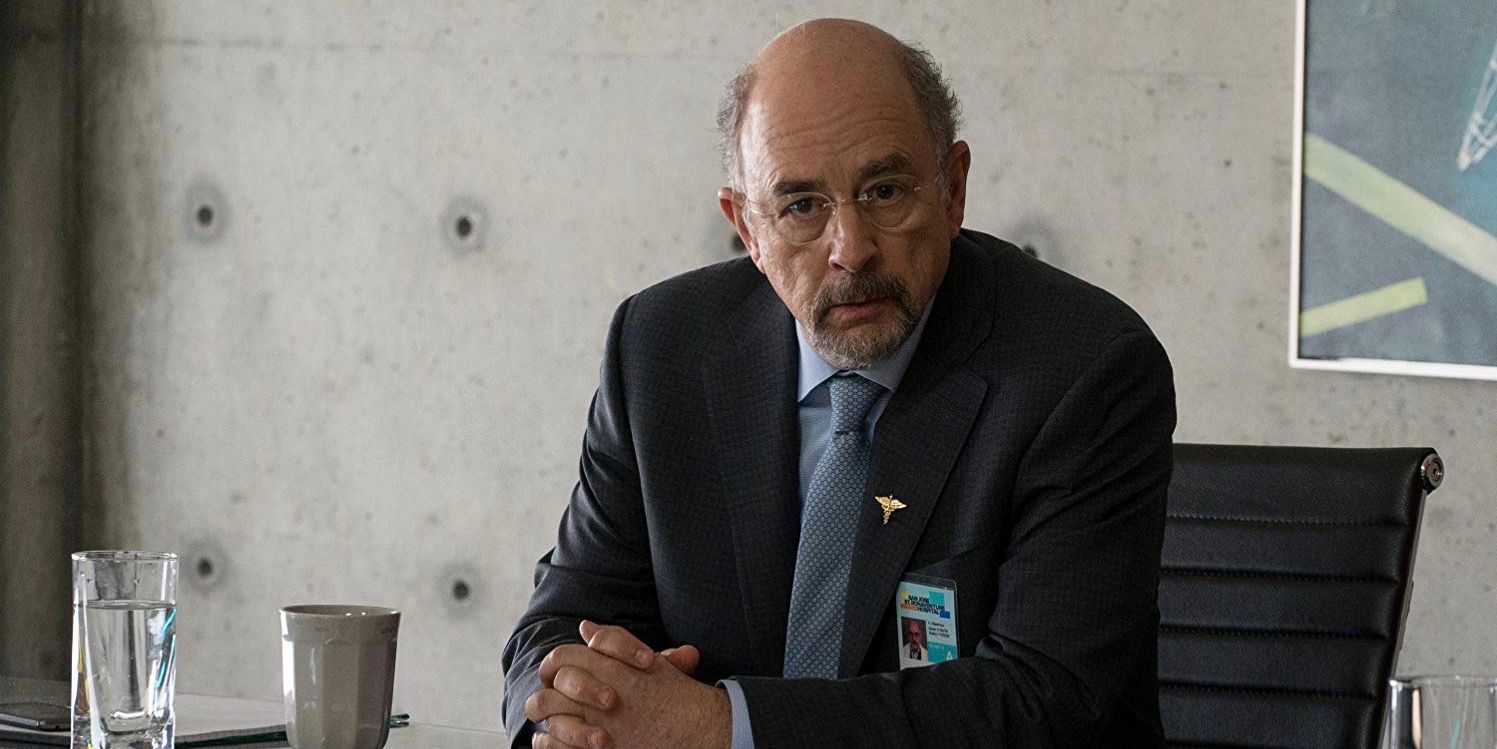
In the first season finale, "More," Dr. Glassman has four months to live due to the inoperable tumor in his brain. Refusing to be defeated, Shaun, certain there must be a way to save Glassman, demands his friend get additional imaging. Glassman does this to appease Shaun, only to find out that Shaun is right: his cancer is operable, and he can live. While this seems like a classic deus ex machina of a climax, this is actually possible, given the right resources at a prestigious facility (which the hospital featured on the show is).
9 Fake: Prisoners Aren't Really Allowed to Donate Organs
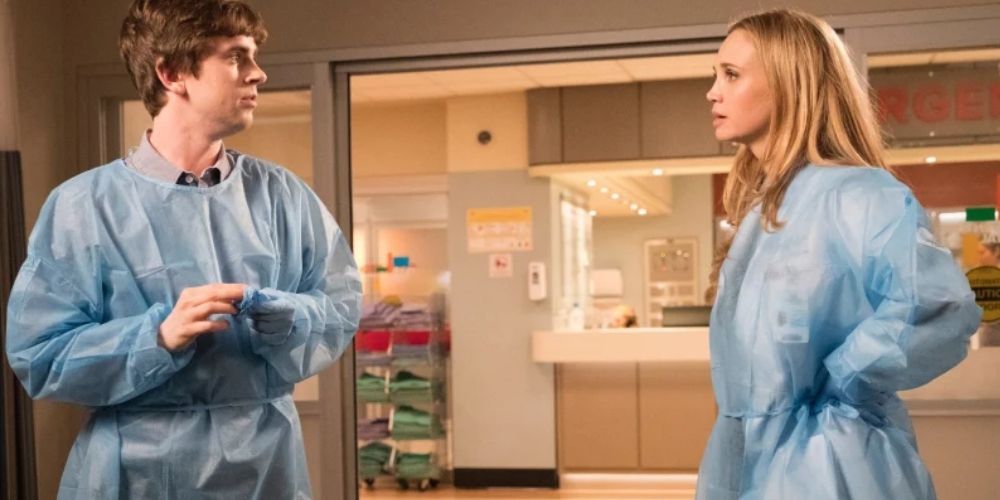
Never the show to shy away from ethical controversy, one episode of The Good Doctor features a dying patient unwilling to accept a liver transplant from a convicted murderer. While there's no de facto law against prisoners donating organs, many prisons don't allow it due to inmates facing higher chances of infection and disease. In the show, this situation leads to a huge ethical conversation, but it wouldn't really happen in reality.
8 True: Sean's Makeshift Chest Drain is Mechanically Possible
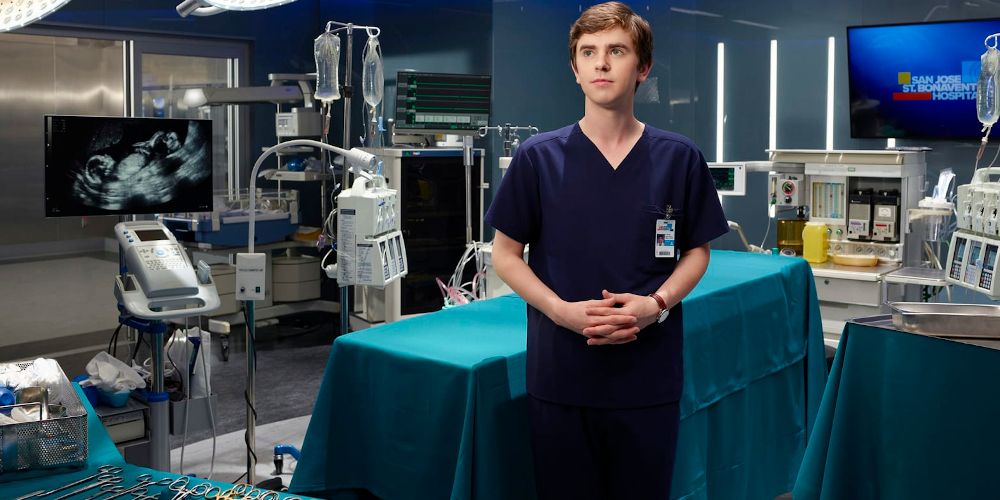
The pilot of The Good Doctor features a scene where Shaun attends to an injured person in an airport. To relieve the pressure of air in the patient's chest, Shaun uses a tube and a half-empty bottle of whiskey to force air out of the person's chest to relieve pressure. As the air pumps out of the person's chest and into the bottle, the whiskey itself traps the air, stopping any of it from flowing back in and building up pressure. While the setting makes this person extremely prone to infection, Shaun's crude chest drain is, in fact, mechanically plausible.
7 Fake: Interns Can't Strut Around Unprepared
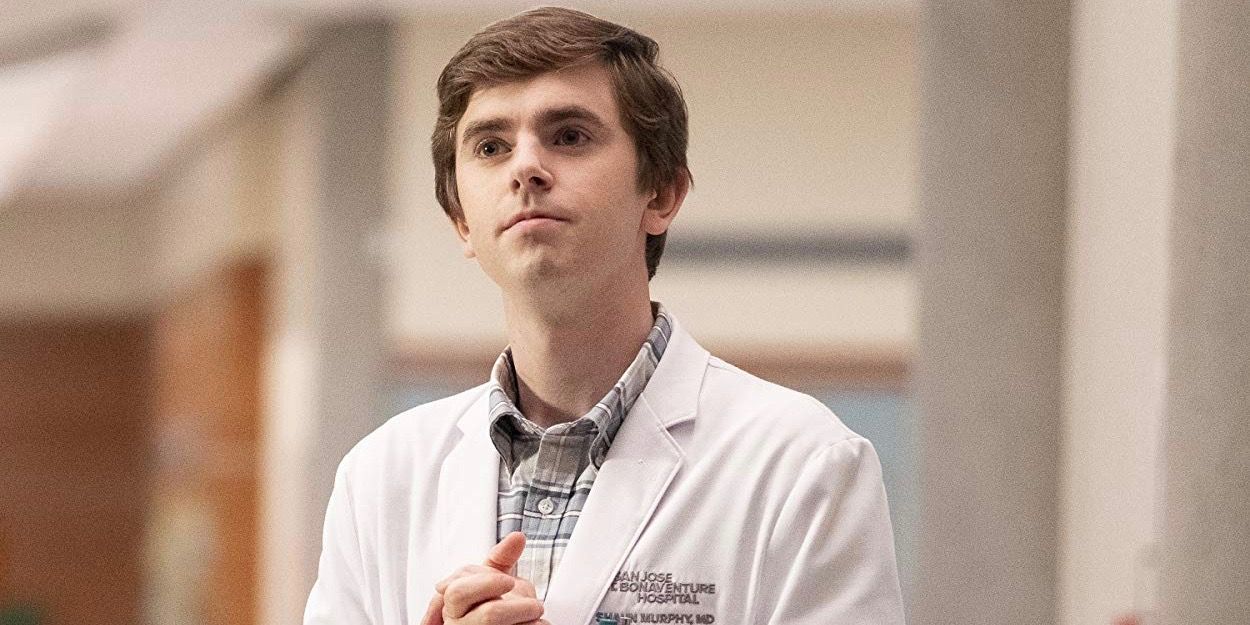
In the pilot of the show, Shaun finally gets into the hospital on his first day and immediately heads to the OR. He scrubs up and drops a surgical mask around his neck without pulling it up to cover his face. While this allowed for a nice shot of the awe and joy on his face as he walks into the OR for the first time, this wouldn't be allowed in a real hospital. A surgical tech even pulls up the mask for him, which is a weirdly subordinate move. It's dangerous to enter a surgical room without the proper gear on, so Shaun would've been kicked out rather than welcomed into the room as he was.
6 True: Hospitals Are That Strict About Liver Transplants
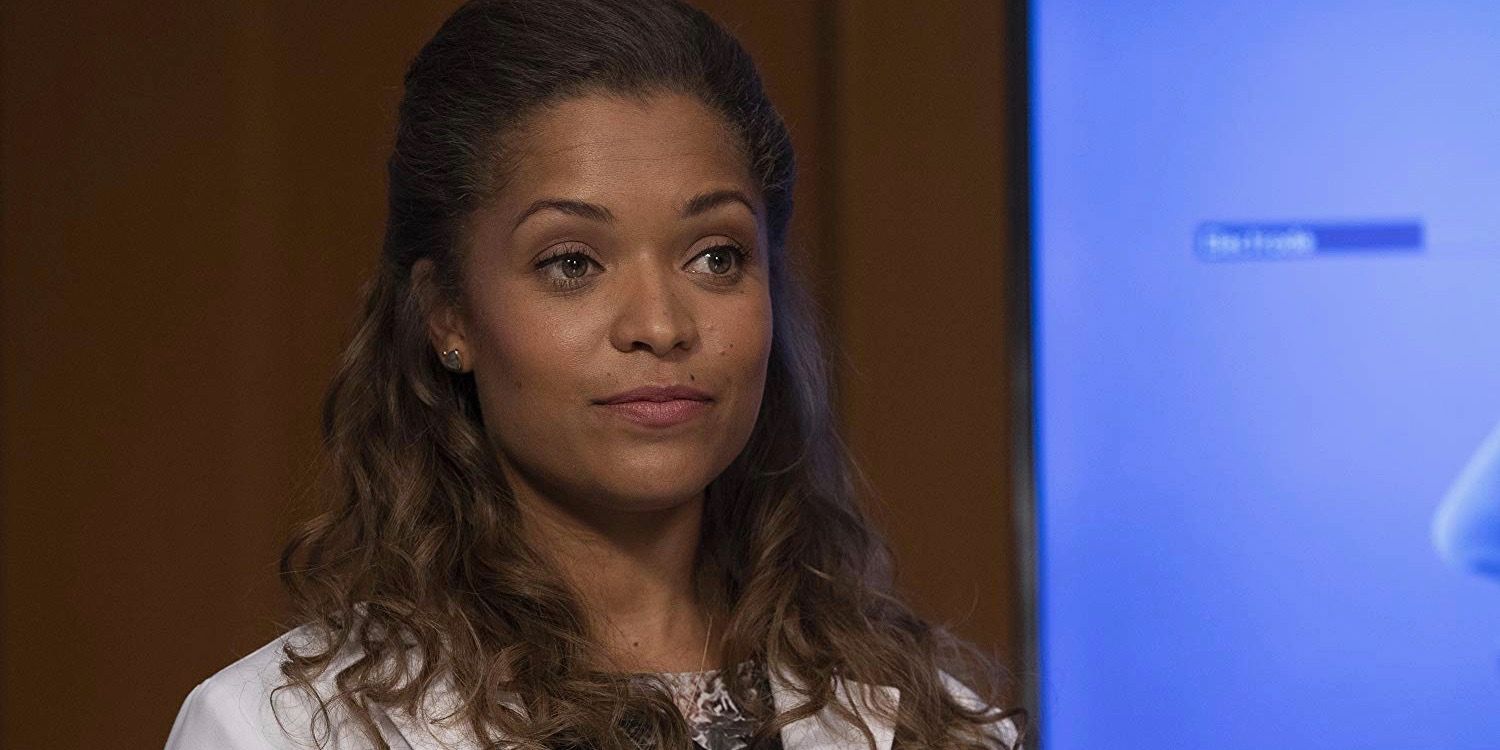
In the third episode of the first season, Drs. Claire and Shaun hustle to safely transport a liver transplant for a patient at their hospital with liver disease. As they hurry over with the liver, the San Fransisco Municipal Hospital staff realize the patient--despite promising sobriety--has had a drink within the past day, and they can't in good conscience allow him the transplant.
While this seems like a dramatic and over-the-top conflict orchestrated for the characters to endure a moral quandary, this is true: many hospitals require patients on the liver transplant list to endure six months of sobriety to prove they will treat their new liver right; otherwise, they will no longer receive the transplant.
5 Fake: Deep Brain Stimulation Isn't FDA-Approved for Anorexia
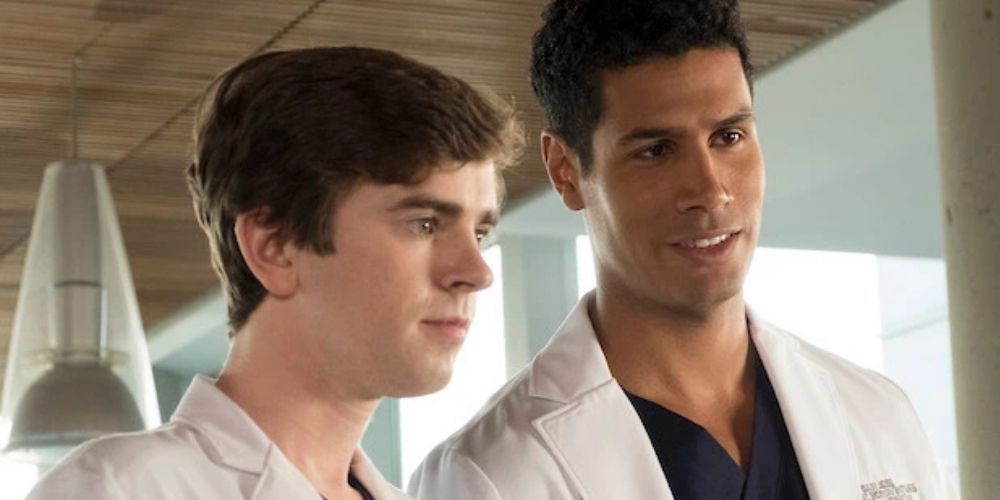
In season two, Dr. Melendez struggles to treat a patient with extreme anorexia, so Dr. Lim proposes deep brain stimulation, which is basically the implantation of a "brain pacemaker." While this process is used for conditions like Parkinson's and OCD, the FDA hasn't approved its use for treating anorexia, so a major hospital wouldn't be allowed to use it for this patient.
4 True: Yes, You Can Technically Reverse Gastric Bypass Surgery
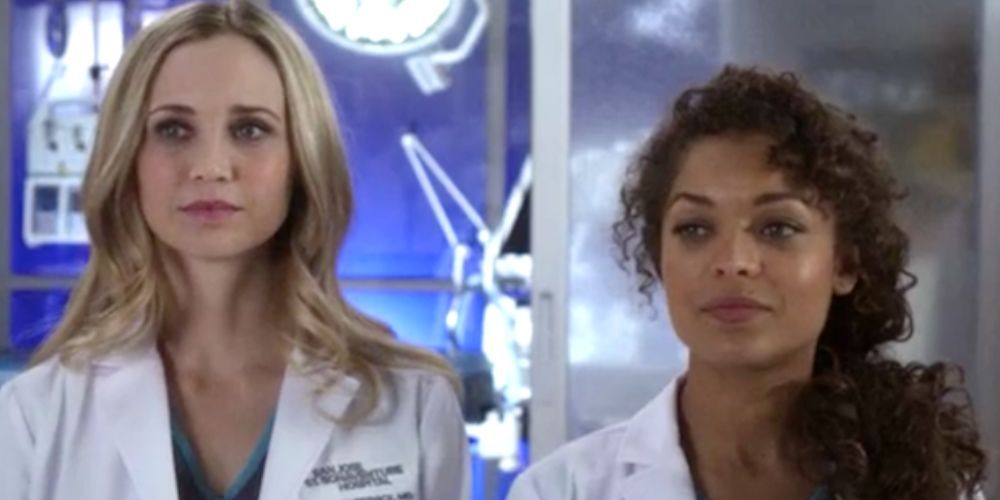
In the second season, the episode "Carrots" features a character who needs to have his gastric bypass surgery reversed due to worsening Crohn's Disease. As many critics of the show point out, plenty of The Good Doctor's plots are technically plausible but highly unlikely, and this episode fits that bill. However, it's true: one can undo their gastric bypass; it's just very, very, rare, and pretty dangerous.
The patient's main hesitations are fears of becoming overweight again, which he worries would make his partner love him less. Ultimately, the patient decides to consent to the surgery in an emotional scene.
3 Fake: Going to a Patient's House on a Hunch
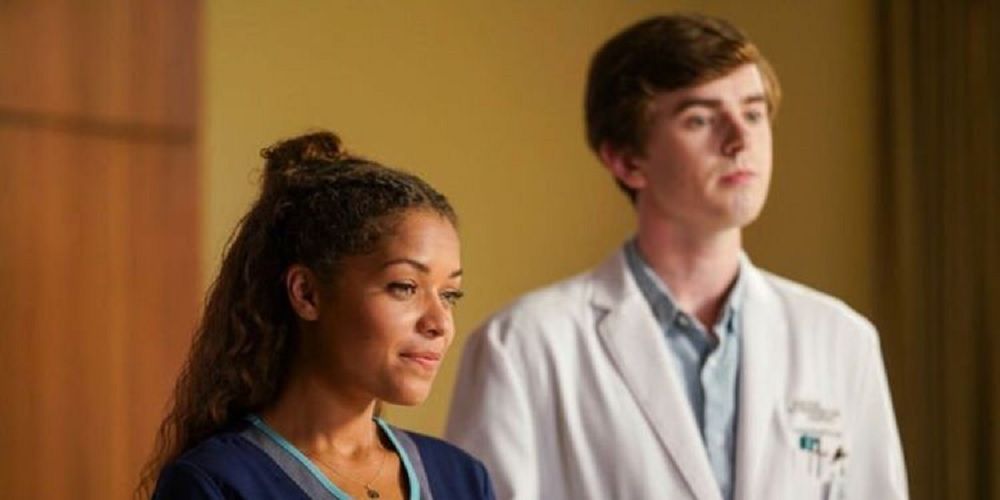
In the second episode of the show, the hospital conducts tests on a patient, but the tests don't really reveal any unnatural symptoms. Despite this, Shaun rushes to the patient's house and demands she gets treated.
While he does save her life, this is a breach of the patient's privacy and it would never be allowed in the medical world. Someone should have just called her family instead of having a young resident break protocol and barge in on the patient and her family.
2 True: Face Transplants Are...Real, Apparently
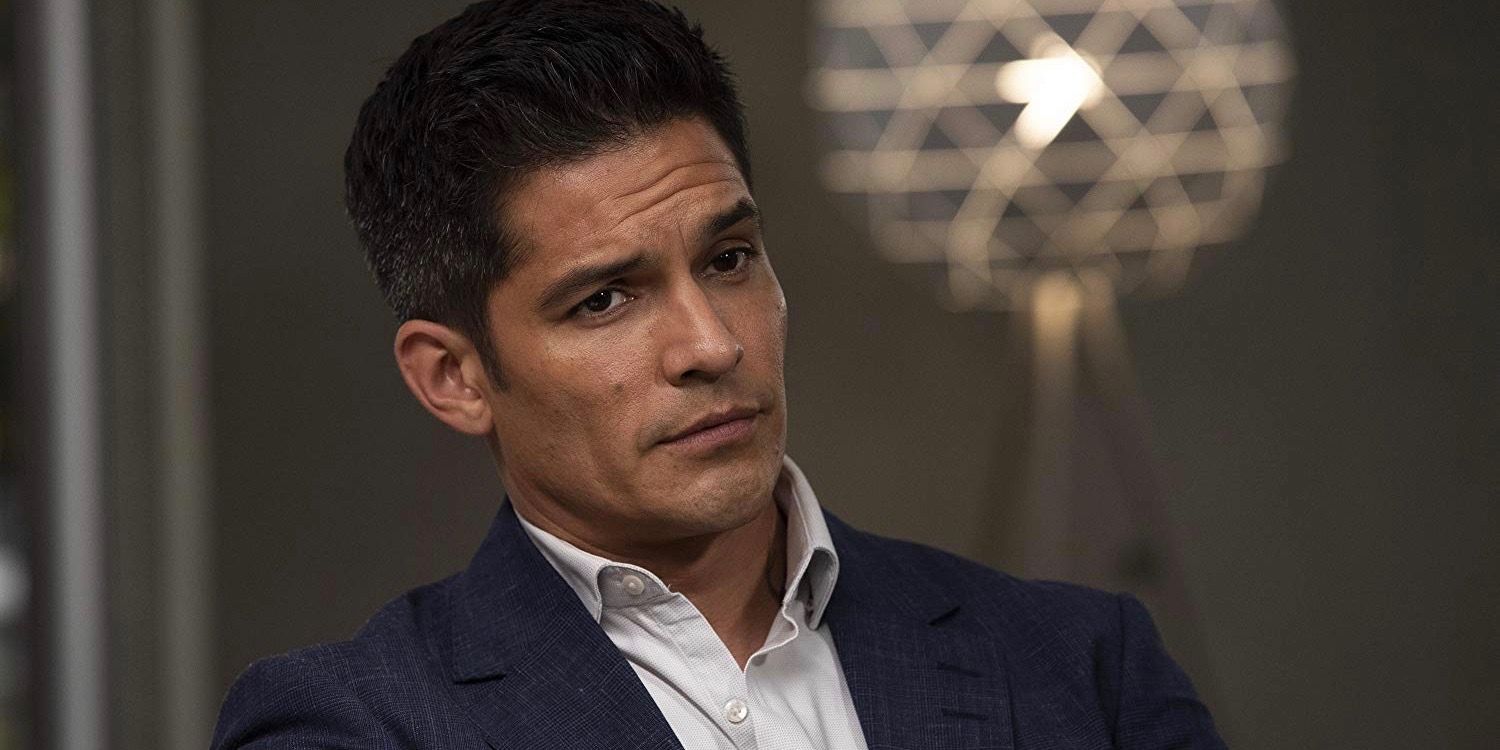
"Faces" features a plot-line centered around a recently brain-dead patient and a patient with a terrible facial injury. The doctors coordinate for the brain-dead patient to be taken off life support so she can donate her skin to the injured patient, who has a chance to live. While extremely rare, this is an actual procedure, and around 40 have been successfully completed.
1 Fake: Dr. Andrews Can't be Both the Chief of Surgery and President

One of the subplots in season two is that Dr. Andrews, president of the hospital, must find a new Chief of Surgery while Dr. Glassman undergoes chemotherapy. In a twist of events, Andrews appoints himself as Chief of Surgery, yet keeps his presidential role. This dual role is both a legal headache and an ethical one, as it presents logistics issues as well as conflict-of-interest questions, so it's impossible that any hospital would let this happen.
from ScreenRant - Feed https://ift.tt/2RAJf0l





No comments: